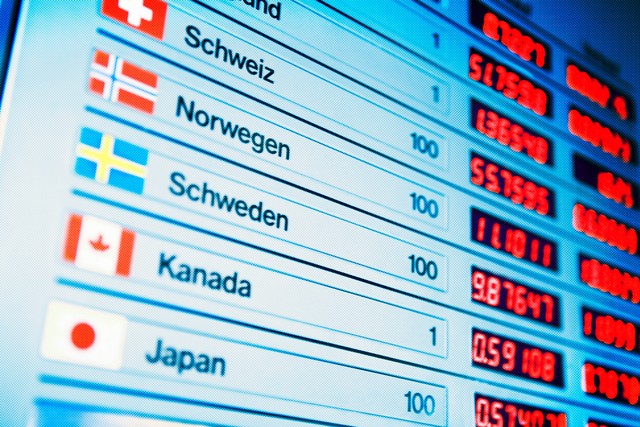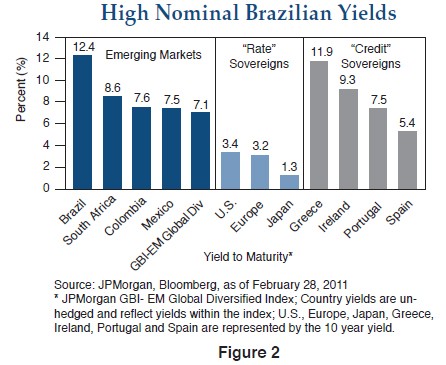How to Invest in International Bonds
Post on: 13 Июнь, 2015 No Comment

Invest in International Bonds the Easy Way
You can opt-out at any time.
International bonds are a great way to diversify any portfolio. While bonds are one of the safest asset classes, they can be greatly affected by interest rates, ratings agencies and other factors. Investing across different geographic regions can mitigate these risks and enhance long-term returns. In this article, we’ll explore the easiest ways to choose, analyze and invest in international bonds.
Investing in International Bonds with ETFs
Exchange-traded funds (ETFs) are the easiest ways to invest in international bonds. Some ETFs offer investors broad exposure to international treasury bonds. Others offer access to specific segments, like emerging markets or corporate bonds. But either way, ETFs offer a diverse number of bonds in a single conveniently traded security.
Popular International Treasury Bond ETFs include:
- SPDR Barclays Capital International Treasury Bond ETF (NYSE: BWX )
- iShares S&P/Citi International Treasury Bond ETF (NASDAQ: IGOV )
- SPDR Barclays Capital Short Term International ETF (NYSE: BWZ )
- iShares S&P/Citi 1-3 Year International Treasury ETF (NASDAQ: ISHG )

Popular emerging markets debt ETFs include:
- iShares JPMorgan USD Emerging Markets Bond Fund ETF (NYSE: EMB )
- PowerShares Emerging Markets ETF (NYSE: PCY )
- WisdomTree Emerging Markets Local Debt Fund (NYSE: ELD )
- Market Vectors Emerging Markets Local Debt ETF (NYSE: EMLC )
Popular international corporate bond ETFs include:
- PowerShares International Corporate Bond Portfolio ETF (NYSE: PICB )
- SPDR Barclays Capital International Corporate Bond ETF (NYSE: IBND )
Choosing and Analyzing International Bonds
Choosing the right international bonds to invest in is a function of risk tolerance and asset allocation. Young investors with a higher risk tolerance are often better off with equities or riskier international bonds, like corporate bonds or emerging market debt. Meanwhile, older investors with a lower risk tolerance may be better off with international treasury bonds.
When it comes to valuation, the theoretical value of any bond is the present value of anticipated future cash flows. These cash flows are primarily affected by interest rates. risk of default, and the time to maturity. Rising interest rates make the bond’s coupon payments less valuable and the bond’s price declines. And a longer time to maturity means a greater risk of default in the future.
Bonds trading above this theoretical valuation are said to be trading at a premium, while those trading below the valuation are considered to be trading at a discount. Meanwhile, the actual ETF holding a basket of international bonds can also trade at a premium or discount to its intrinsic value. Investors should generally try and purchase bonds at a discount or fair value and avoid paying a hefty premium.
Key Points to Remember
- International bonds are a great way to diversify any portfolio, since they spread risk over a large geographic region and enhance risk-adjusted returns.
- Bonds are valued based on the present value of their future cash flows, which themselves are impacted by interest rates, time to maturity and risk of default.
- ETFs represent the easiest way to invest in international bonds, offering exposure to everything from treasury bonds to corporate bonds.














